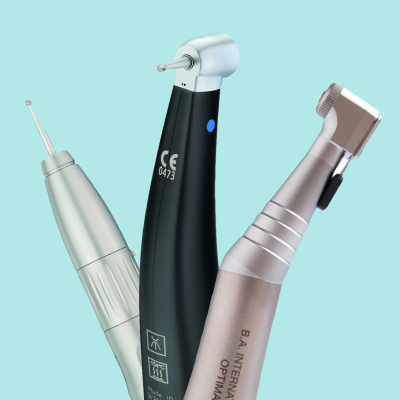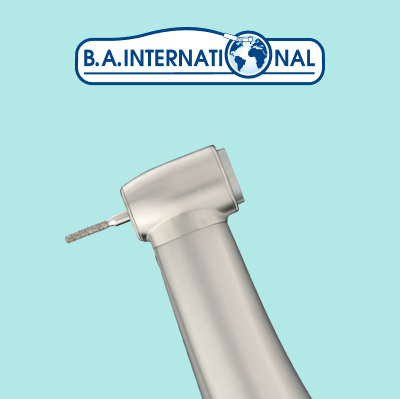
Laurence is a copywriter and trained journalist. His passion is creating insightful and educational content for dental professionals of every level. Outside of work, he enjoys watching sport, quizzing and spending time with his family.
You May Also Like

The Ultimate In Scale and Polish
The UC500L has been designed to make scale and polish treatments easier and more efficient for you and more comfortable for your patients.

Melag Autoclaves
Melag autoclaves and steam sterilizers for practices and clinics. Providing sterilisation in compliance with international standards.

BA International Small Equipment
From curing lights and air polishers to autoclaves and handpiece lubrication units, BA International is a world leader in dental small equipment
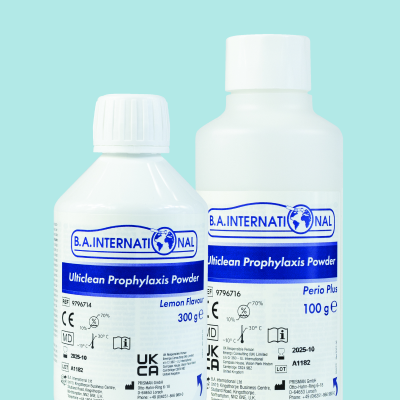
Find the Perfect Prophy Powder
Newly advanced prophy powders are available for quick, safe and highly efficient polishing such as Ulticlean Prophylaxis Powder Perio Plus.
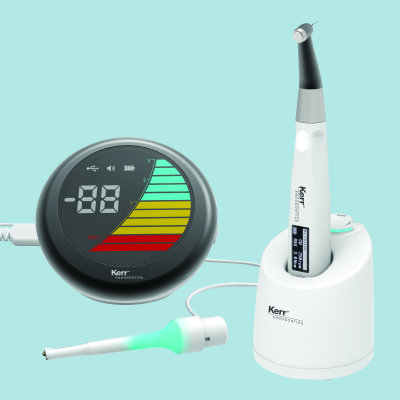
Elements Connect & Apex Connect
When seamlessly connected with the Kerr Apex Connect apex locator, the elements Connect can bring added confidence and accuracy to all shaping procedures.
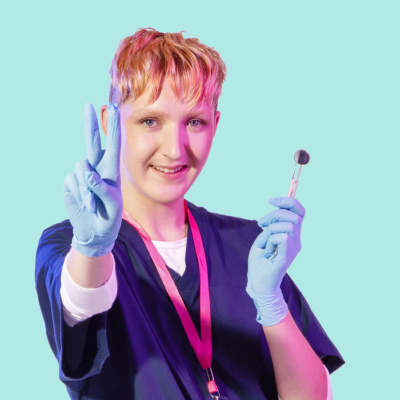
Importance of Decontamination
Accurate record keeping is an essential part of running a dental practice and is necessary in the provision of high-quality, safe and effective patient care.
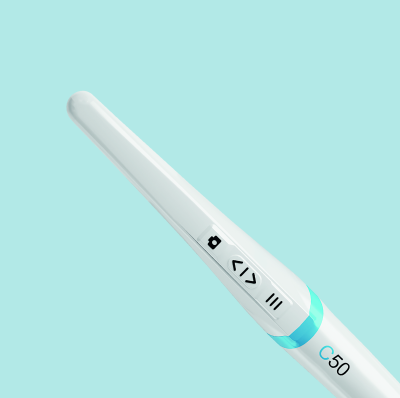
5 Reasons To Buy Acteon C50
With the continuous innovation in dental cameras for precise imaging and a greater emphasis on preventive care, intraoral cameras (IOCs) have never been more popular.

6 Reasons To Trust Kent Express
Discover just what makes Kent Express Dental Supplies the go-to e-commerce store for thousands of dentists every year.
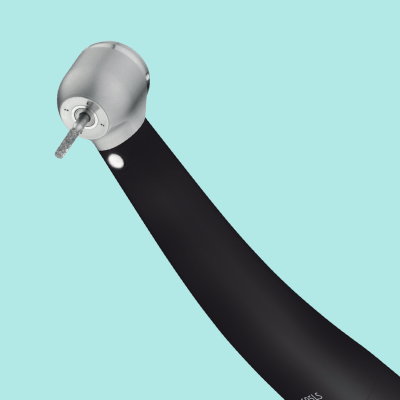
Why Handpiece Ergonomics Matter
Good handpiece ergonomics is important when buying a new device to optimum ensure comfort and reduce the chances of musculoskeletal disorders.
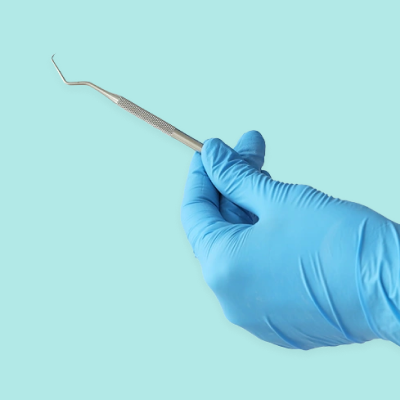
Guide to Dental Scalers
Make your scaling procedures as efficient and effective as they can be with our extensive guide to dental scalers.

Enbio S Autoclave
The Enbio S autoclave from BA International is capable of sterilisation speeds 4 times faster than the average autoclave. Find out more.

Disinfect Surfaces Efficiently
Learn how to get the most our of your surface wipes and what products could make the job easier
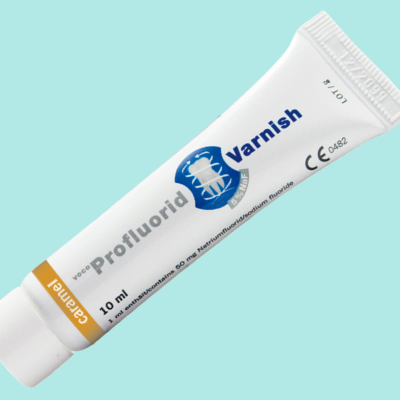
Voco Profluorid Varnish
Voco Profluorid Varnish has proven its worth time and again in the treatment of hypersensitivities and has been awarded accolades around the world.
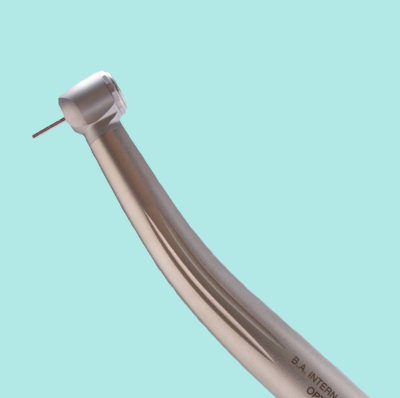
Best Value with BA Handpieces
3 great reasons why BA dental handpieces offer the best value for your dental practice.

Handpiece and Equipment Repairs
In partnership with B.A. International, Kent Express provide a fast handpiece and small equipment repair service.
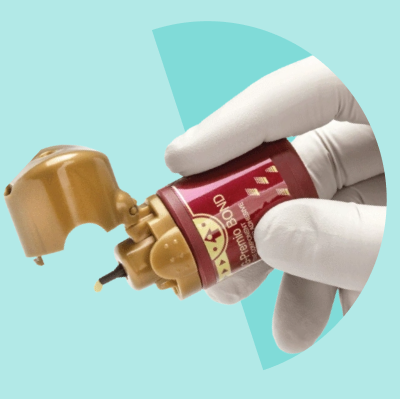
G-Premio BOND
With its high bond strength G-Premio BOND universal adhesive can be used for a wide array of treatments involving most materials.
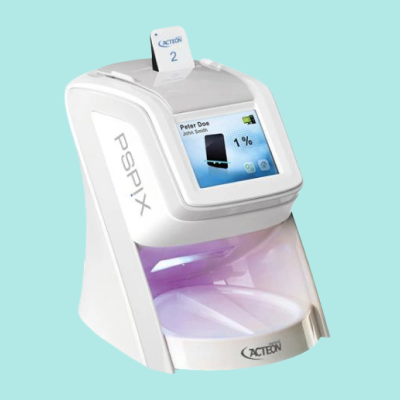
Phosphor Plate Radiography
Phosphor plate radiography is considered by many the least expensive way to convert from analogue to digital imaging and have the easiest learning curve.

Why Invest in Dental Scrubs
Wearing the right dental uniform can have a big impact on how you feel and how you work with comfort, image and hygiene the three key ingredients.

Guide to Ultrasonic Baths
Everything you need to know about the use of ultrasonic baths in dentistry and how to find the best ultrasonic cleaner for you.
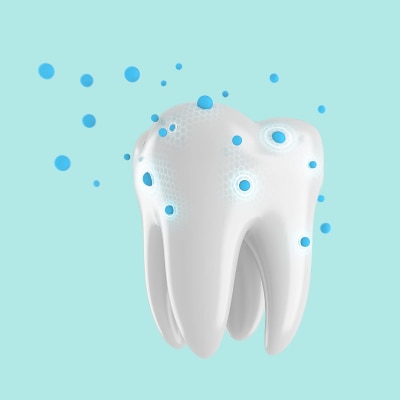
Guide to Fluoride Varnish
Fluoride varnish is one of the most popular treatments dentists use to protect patients from cavities and tooth sensitivity.

Endo Motors With Apex Locators
Having your apex locator built into your endo motor can streamline root canal procedures and reduce operation times.
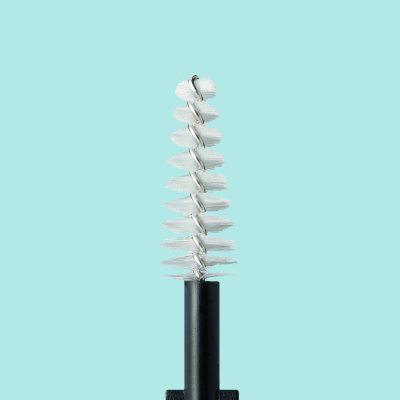
Guide to Interdental Brushes
A definitive guide to interdental brushes covering what they are, how to use them, the different sizes and other common questions.

Eco Friendly Toothbrushes
Eco-friendly toothbrushes made of bamboo and bioplastics are growing in popularity as the industry moves towards greener oral hygiene.
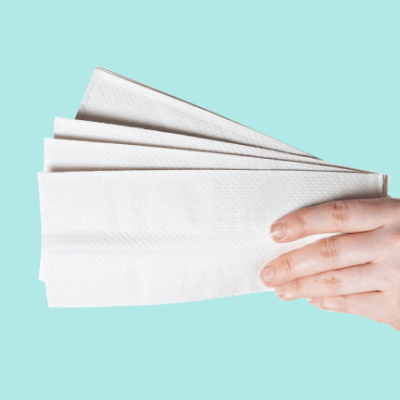
Save Money and the Environment
Make considerable savings and do your bit for the environment by switching to DEHP recycled hand towels from Nationwide.

Optragate: Adhesive Bonding
Perfect for adhesive bonding, OptraGate lip and cheek retractors can help control moisture effectively and provide an unobstructed view of the oral cavity.

What Does a Dental Nurse Do?
Learn about the role of a dental nurse on Kent Express blog. Find out what they do, the skills they need, and how they support dentists and patients.
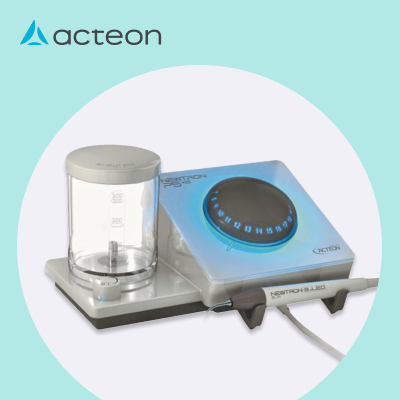
Periodontal Therapy
Taking a scientifically supported approach to periodontal treatment is key for successful outcomes.

UK Water Fluoridation
A look at whether a nationwide rollout of water fluoridation help prevent tooth decay in the UK
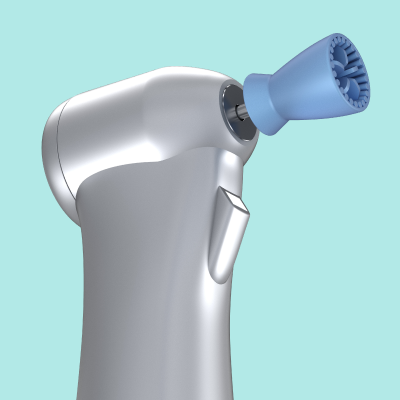
Find the Best Prophy Paste
Finding a good prophy paste can make hygiene treatment a more comfortable and rewarding experience for dentists and patients alike.
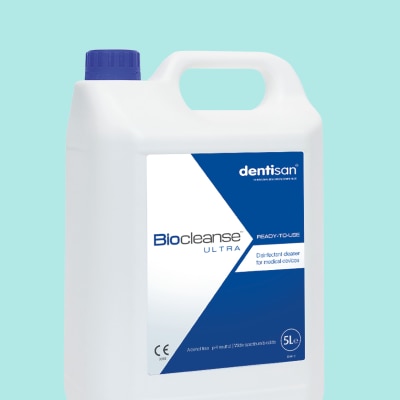
Surface Disinfection in Practice
Routine cleaning and disinfection of surfaces plays a key role in the infection control of any dental practice
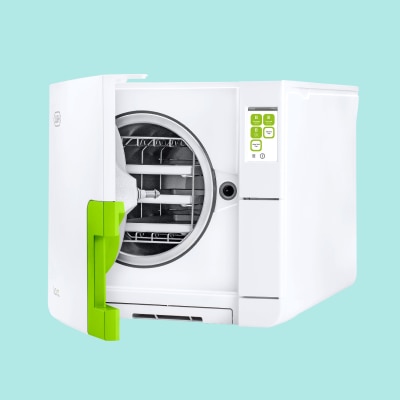
Guide to Autoclaves
All the knowledge you need to make an informed decision on what autoclave to buy for your dental practice, including the key features to look out for.
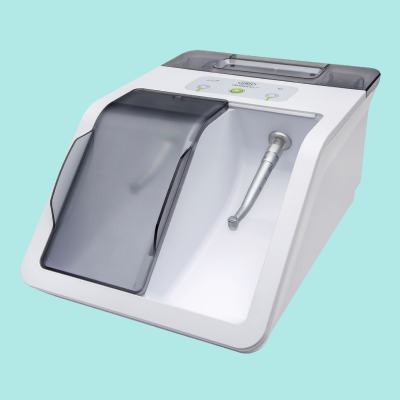
Why You Need a Lubrication Unit
The cutting-edge Assistina TWIN automatic handpiece maintenance device from W&H provides an exceptional, consistent standard of lubrication in just 10 seconds.

BA Ultimate Turbine
Looking for a reliable, low maintenance high speed turbine? The BA Ultimate range ticks both boxes and comes with several other outstanding features.
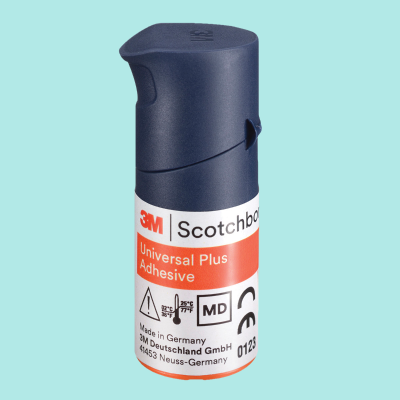
Relieving Stress, Composite Way
How 3M restoratives can help take stress out of composite bonding, placement, curing and shade matching.

Guide to Handpiece Maintenance
With some basic understanding of how dental handpieces work and how best to look after them, handpieces can maintain efficiency for longer.

Childrens First Dental Visit
Everything you need to know about what age a child should first visit the dentist, along with detail on the current situation in the UK.
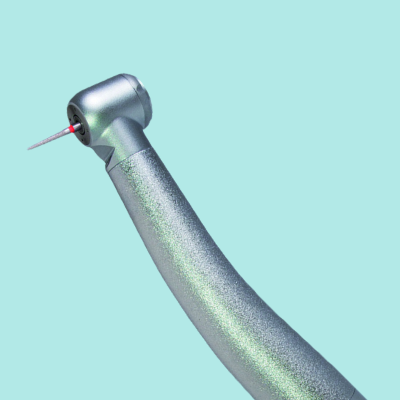
Making Handpiece Last Longer
Prolong the life of your high speed handpiece and save money on costly repairs by choosing the right brand and carrying out regular and efficient maintenance.

Importance of a Defibrillator
Learn why every dental practice should have a defibrillator with Kent Express informative guide.

Equipment to Lower Your Bills
Here is a look at some equipment-based ideas to reduce your practice’s energy consumption and help contribute to the industry’s larger sustainability goals.
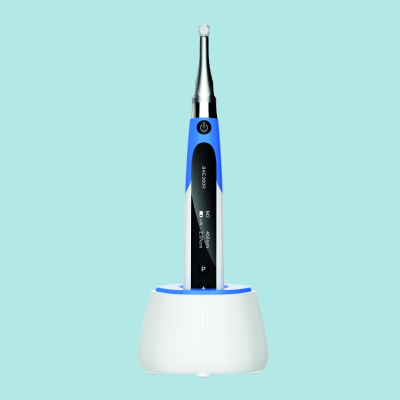
Determining Endo Working Length
Electronic apex locators are far more accurate than radiographs and are now an essential piece of endodontic equipment.
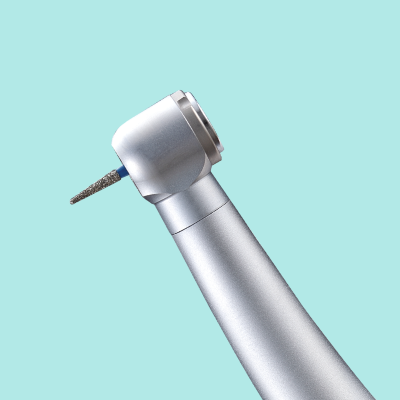
Guide to Dental Handpieces
Become an expert in handpieces and make a more informed purchasing decision with our ultimate guide to dental handpieces.

The Tooth Index
Explore the oral health index and discover the most teeth-conscious countries on Kent Express blog. Learn about the methodology and ranking factors.

Hearing Loss in Dentistry
Most dentists would agree that their profession is a noisy one, but how many understand just how noisy it is or the health risks involved?

Case For Fibre Optic Handpieces
How dental handpieces with fibre optics work, what their main advantages are and what they can be used for.

Dental Waste Disposal
Read Kent's guide to disposing dental waste safely and legally. Ensure your practice is fully compliant and optimising its waste management operation.

Guide to Endodontic Files
Find the perfect endodontic file for your needs with our comprehensive buying guide. From materials to sizes, we'll cover everything you need to know. Shop now.

Disposables, Do's and Don'ts
A list of do's and don'ts to help your practice with the purchasing, recycling and disposing of disposable dental supplies
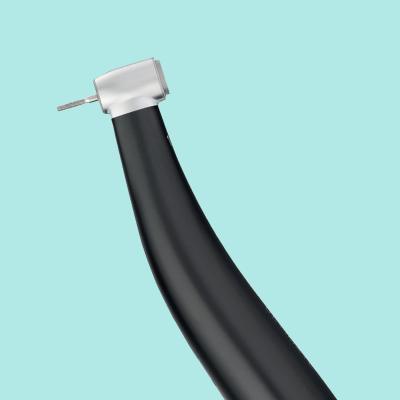
Perfect Contra Angle Handpiece
The choice between air-driven turbines and electrically powered contra-angles is based on personal requirements for efficiency and ergonomics.

Infection Control Guide
Discover the best infection control practices for dental nurses with Kent Express' comprehensive guide. Learn how to keep yourself and your patients safe. Shop top infection control products now.
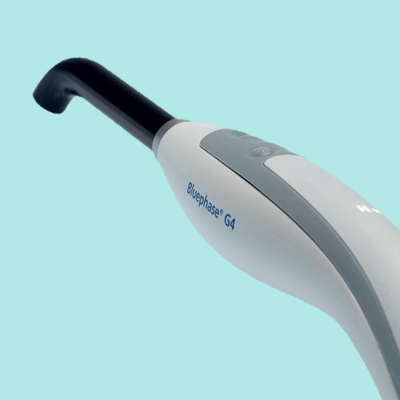
Testing Your Curing Light
See how radiometers and new age curing devices can eliminate doubt and help guarantee fully cured fillings every time.
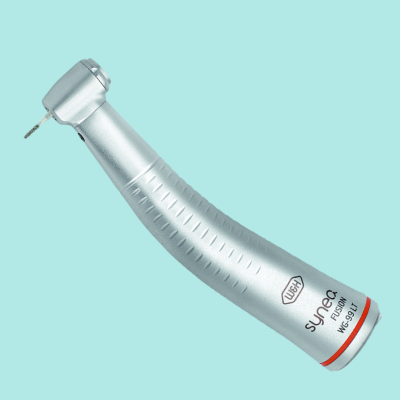
Reduce AGP's with Handpieces
Help reduce aerosol production in your dental clinic with speed increasing handpieces from W&H
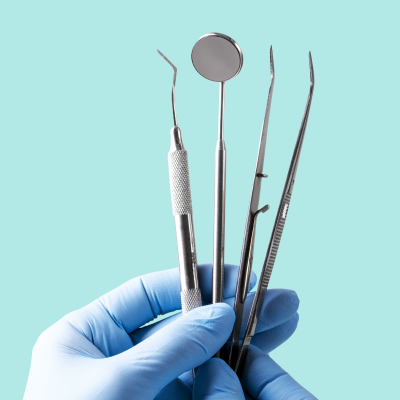
Reducing the Number of AGPs
The use of hand instruments rather than ultrasonic or motor-driven instruments can help to reduce aerosol production in the surgery.

Dental LED Curing Light
Few pieces of equipment are used as frequently in the surgery as the dental curing light they comewith different features and clinical capabilities.

Switch to Electric Contra Angle
In addition to assisting in infection control, electric contra angle handpieces bring a host of other benefits.

The Silver Bullet
Learn about the benefits of using Silver Diamine Fluoride (SDF) in your dental practice with Kent Express' informative guide. Shop now for top-quality SDF products.



